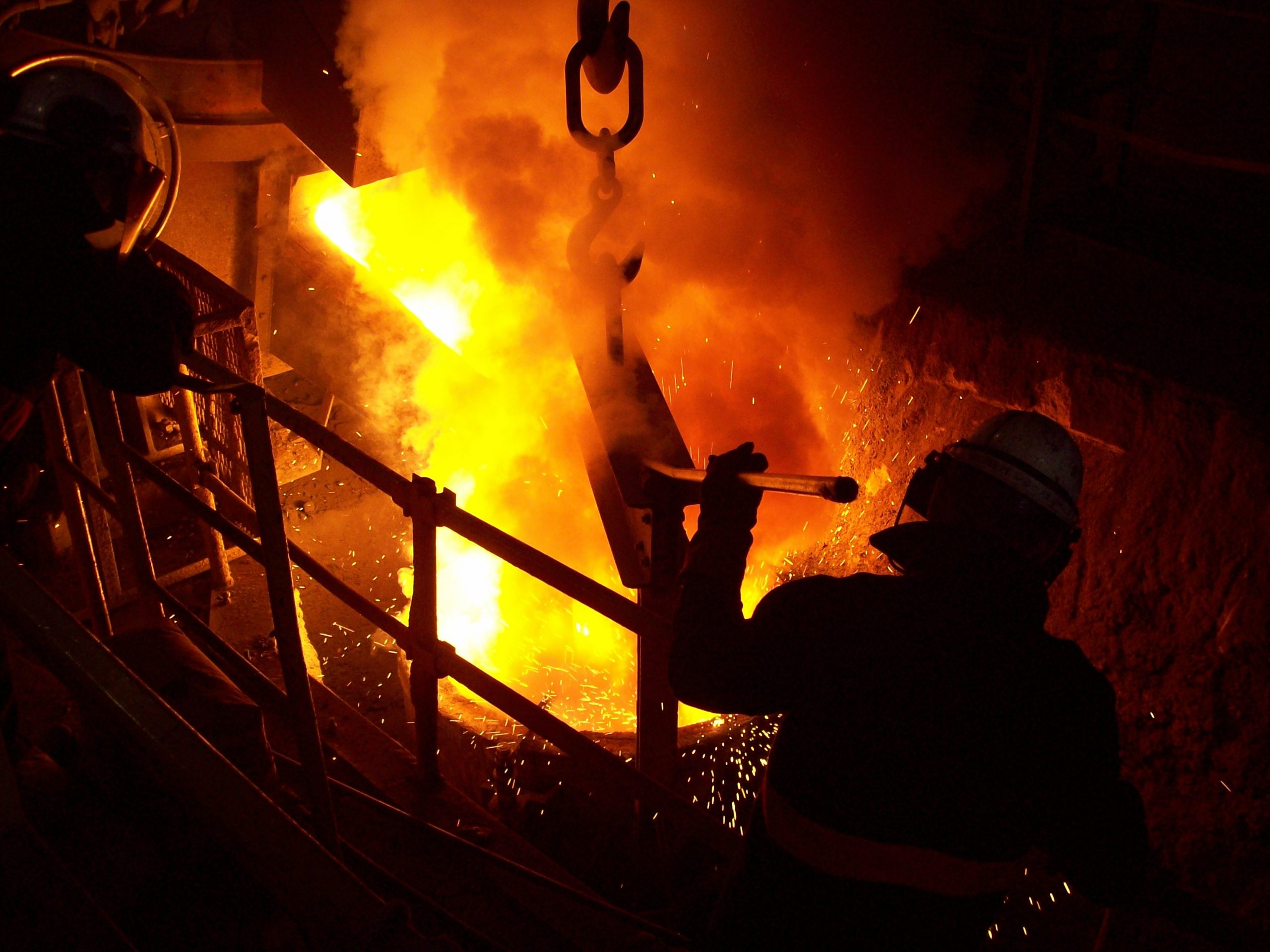
Steel recycling is essential for a greener future
When we think about overconsumption, images of individual consumers struggling with products designed to be thrown away often come to mind: filling our bins with the single-use plastic or buying a cheap new phone rather than get a current one repaired. But some of the industries that will make the biggest difference to reducing our consumption are less visible to consumers.
Steel is a vital part of our economy today and it still will be in the future, even a more sustainable, circular one. The replacement of oil and gas with renewables is at the heart of plans for an energy revolution in Scotland. By 2030, one million tonnes of material, the vast majority of this high-quality scrap steel, will be available from oil and gas decommissioning. This could be reused as the building blocks needed for new wind turbines. How can we ensure such materials are fed back into the economy as much as possible?
The impact
Policy makers and industry are waking up to the idea that this change can be used to create not just the green energy we need for a sustainable future, but an integrated and circular system of material use as well. We could keep valuable scrap steel in Scotland, reusing the fossil fuel infrastructure of the past to create the renewable energy infrastructure needed for our new economy. The environmental and social benefits could be huge.
In 2018, every tonne of steel produced emitted on average 1.85 tonnes of greenhouse gases and total production accounted for about 8% of global greenhouse gas emissions. A recent study by Zero Waste Scotland found that creating a circular steel hub in Scotland could save 60% of carbon emissions.
Today, all of Scotland’s scrap steel is exported for recycling, sometimes to the rest of the UK but also further afield, to countries like Turkey and China, where coal is used to process the steel. Even in the UK, 80% of steel is processed in coal-fuelled blast furnaces, according to the World Steel Association. We are missing out on a huge opportunity to piece together the two ends of the energy transition.
How steel can be recirculated
The lowest carbon way to process steel is with an electric arc furnace, which melts the metal using electrical power rather than coal. Last year in Sweden, the world’s first green steel was made with an electric arc furnace powered by renewable energy and hydrogen.
A Scottish steel mill could take high quality scrap steel from decommissioned oil and gas rigs and pipelines and melt it into wind turbine infrastructure using green electricity, rather than coal. With a modern electric arc furnace steel mill, Scotland could control its own material consumption. By building an integrated system in Scotland, we can reduce emissions, create jobs and set a truly circular example for the rest of our economy.
Scotland has the materials, skills and demand to make this circular narrative a reality. The creation of a complex and integrated system will require a government willing to take bold steps towards a circular economy. That is why Friends of the Earth Scotland is calling for the Scottish Government to create a circular economy strategy for steel.
Image credit: Goodwin Steel Castings
